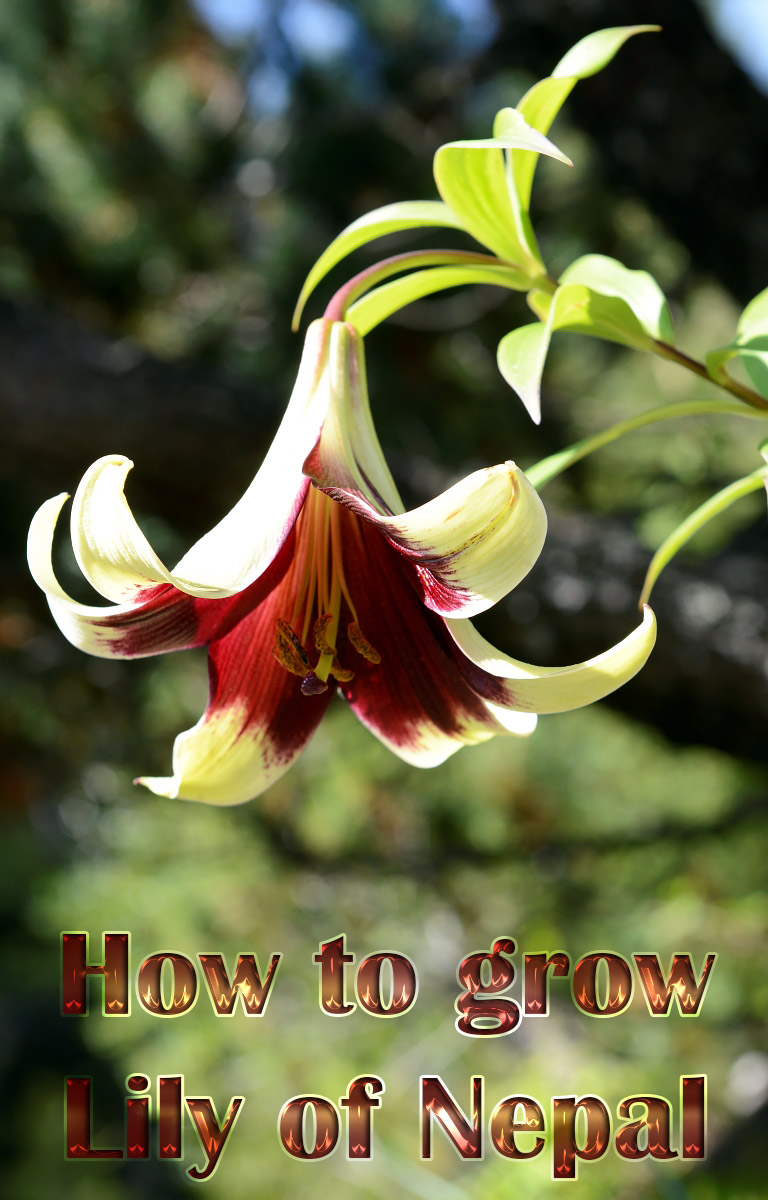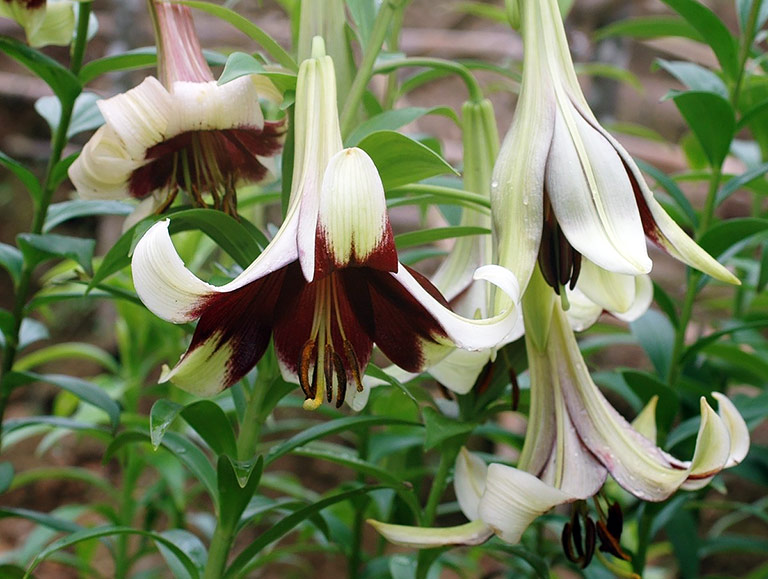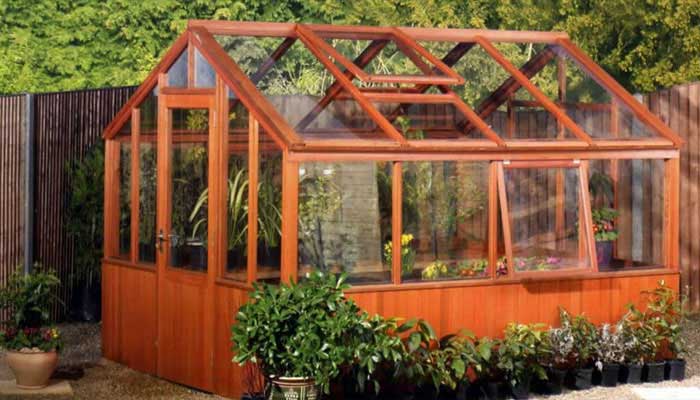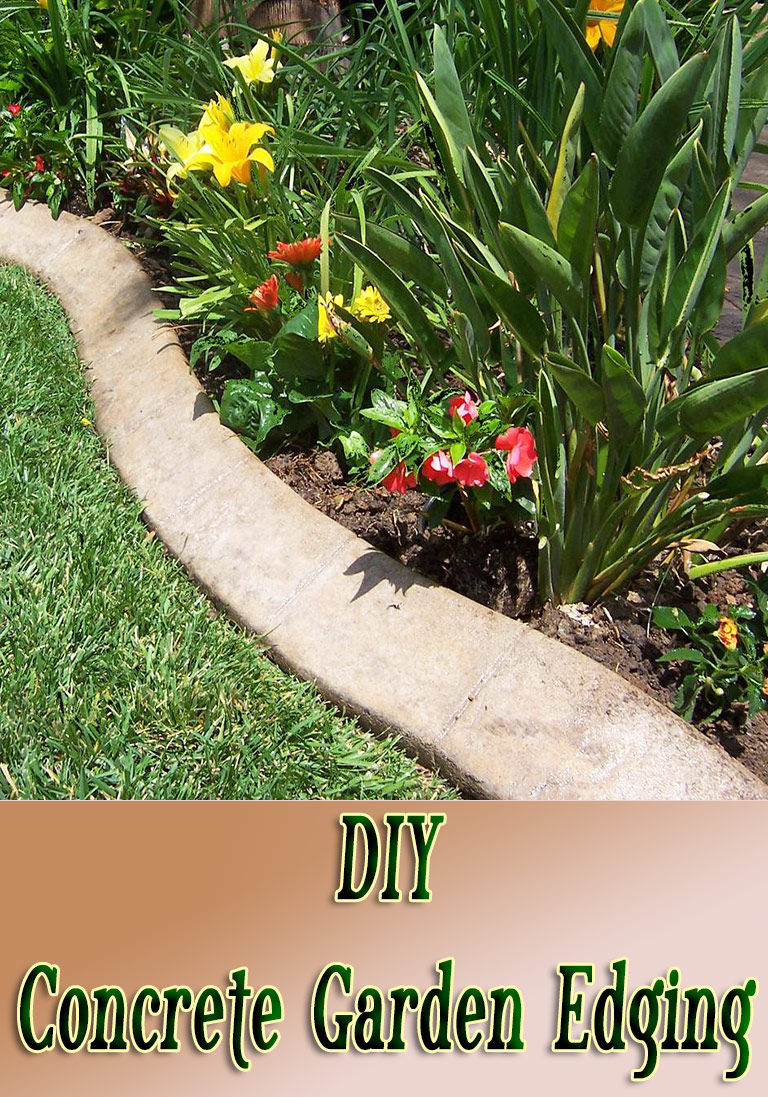
Not surprisingly the rare species Nepalese lily – or Lily of Nepal as it’s commonly called – is considered to be one of the most beautiful of all the lilies.
Originating from the south of the Himalayas it natural habitat spreads from Northern Indian to Nepal and Bhutan. Typically, it grows in wet forest borders, between 1200m and 3000m above sea level.
Lilium nepalense is much-prized for its large funnel-shaped flowers which can be as many as eight on each stem. They are richly coloured, open trumpet shaped blooms with a lime-green, recurved hood.
With a suitable background or foil, this contrasts dramatically with their royal-purple throats and spots. Normally unscented, you will also find that these spectacular downward-facing blooms are perfect for flower arranging as they can lasts for days once cut.
Best suited to the cool greenhouse, the Nepalese Lily will also happily grow outside so long as it isn’t susceptible to extremes of temperatures and conditions.
It prefers a slightly acidic, humus rich and free-draining soil, so if you are planting outside add plenty of leaf mould and horticultural grit to your soil. Like clematis, the Lily of Nepal needs to keeps its roots in the shade while its head stays in either semi-shade or full sun so make sure that it gets a good top dressing of either gravel, ornamental or composted bark to keep the heat off the soil.

Keep it moist during the spring until it comes into flower from June to July, and if you are using the Nepalese Lily as a specimen plant – rather than for ornamental height amongst the borders -then it may well need additional support. Like other lilies it will reach heights of between 3ft and 4ft.
Once flowering is over you will need to stop watering so that the plant can die back naturally. That way it can absorb valuable carbohydrates and nutrients back into the corm. However, if watering is continued then you may find that when it comes to lifting and storage, your corm may have rotted away.
If they were grown or planted in the ground while still in their pots, the pots can be lifted and turned on their side – that way they can also avoid natural watering from seasonal, heavy down-pours. Once spring returns, watering can begin again as this will replicate the melting snow normally found in its natural environment. Surprisingly, once this plant becomes established it seems to be quite tolerant of drought.






Leave a Reply